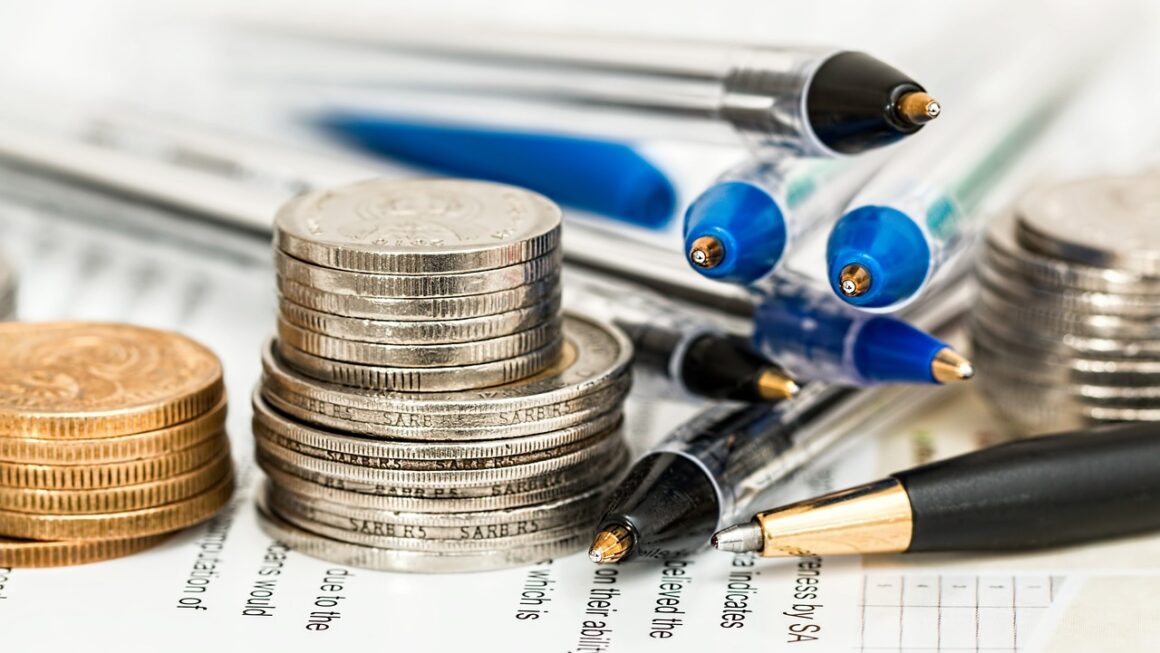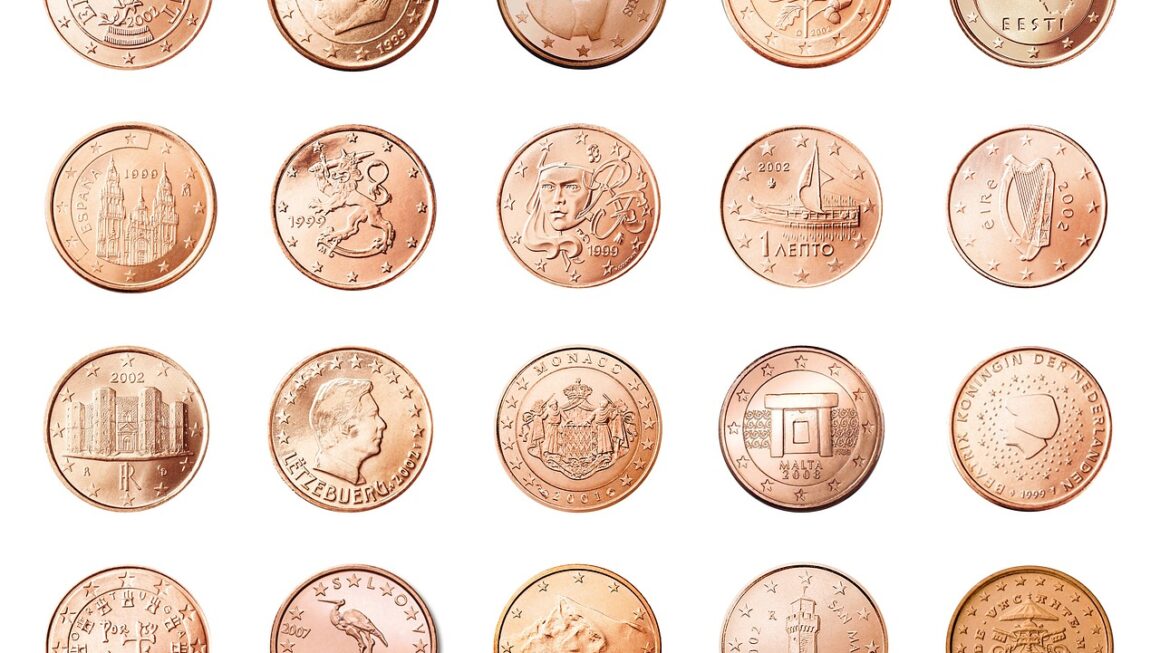An emergency fund is like a financial first-aid kit. You hope you never have to use it, but when an unexpected financial crisis strikes – a job loss, a medical emergency, or a major home repair – it can be a lifesaver. Without one, you might be forced to take on debt, raid your retirement savings, or make other financially damaging decisions. This guide will walk you through everything you need to know about building and maintaining a robust emergency fund.
Why You Need an Emergency Fund
Financial Security and Peace of Mind
The primary reason to establish an emergency fund is to provide a financial safety net for unexpected events. Life is unpredictable, and having readily available cash can prevent a minor setback from spiraling into a major financial crisis. Consider these benefits:
- Reduces Stress: Knowing you have funds available to cover unexpected expenses provides peace of mind and reduces financial anxiety.
- Avoids Debt: Prevents the need to rely on high-interest credit cards or personal loans during emergencies.
- Protects Your Credit Score: By avoiding debt and making timely payments, you can protect your credit score from the negative impact of financial hardship.
- Financial Independence: Offers the freedom to make choices without financial constraints during challenging times.
Common Emergency Scenarios
Understanding the types of emergencies that an emergency fund can cover is crucial for determining how much you need to save. Here are some common examples:
- Job Loss: Provides a financial cushion to cover living expenses while searching for new employment. The average job search can take several months, depending on the industry and experience level.
- Medical Expenses: Covers unexpected medical bills, such as deductibles, co-pays, and emergency room visits. A Kaiser Family Foundation study found that a significant percentage of Americans struggle to afford healthcare costs.
- Car Repairs: Covers unexpected car repairs or maintenance expenses to keep your vehicle running. AAA estimates that the average cost of car repairs is several hundred dollars, but major repairs can run into the thousands.
- Home Repairs: Provides funds for urgent home repairs, such as a leaky roof, broken water heater, or plumbing issues.
- Unexpected Travel: Can be used for last-minute travel expenses due to family emergencies or other unforeseen circumstances.
How Much Should You Save?
The General Rule: 3-6 Months of Living Expenses
The most common recommendation is to save 3-6 months’ worth of living expenses in your emergency fund. This means calculating how much money you need each month to cover essential expenses, such as housing, food, transportation, utilities, and debt payments, and then multiplying that amount by 3 to 6. However, the ideal amount can vary based on your personal circumstances.
Factors to Consider
Several factors can influence the appropriate size of your emergency fund:
- Job Security: If you work in a stable industry with high job security, you might be comfortable with a smaller emergency fund (3 months). If you work in a volatile industry or are self-employed, you may want to aim for a larger fund (6+ months).
- Income Stability: If you have a consistent and predictable income, a smaller emergency fund might be sufficient. If your income fluctuates, a larger fund can provide added security.
- Health Insurance Coverage: If you have comprehensive health insurance with low deductibles and co-pays, you might need less money for medical emergencies. If you have high deductibles or limited coverage, you should factor that into your savings goal.
- Dependents: If you have dependents (children, elderly parents, etc.), you will need a larger emergency fund to cover their expenses in case of an emergency.
- Debt Levels: High levels of debt can make it more difficult to manage unexpected expenses. Having a larger emergency fund can provide a buffer and help you avoid taking on more debt.
Example Calculation
Let’s say your monthly living expenses are as follows:
- Rent/Mortgage: $1,500
- Utilities: $300
- Food: $500
- Transportation: $200
- Insurance: $200
- Debt Payments: $300
- Other Expenses: $200
- Total Monthly Expenses: $3,200
To calculate your emergency fund goal:
- 3 months of expenses: $3,200 x 3 = $9,600
- 6 months of expenses: $3,200 x 6 = $19,200
In this example, your emergency fund goal would be between $9,600 and $19,200.
Where to Keep Your Emergency Fund
High-Yield Savings Account
The best place to keep your emergency fund is in a high-yield savings account (HYSA). These accounts offer higher interest rates than traditional savings accounts, allowing your money to grow while remaining easily accessible. Look for FDIC-insured accounts to ensure your money is protected.
Why Not Invest It?
While investing might seem like a way to grow your emergency fund faster, it’s generally not recommended. Emergency funds need to be readily available and protected from market volatility. Investing carries the risk of losing money, which is not ideal for funds you might need to access quickly.
Alternative Options (Use with Caution)
While HYSA’s are preferred, consider these alternatives with caution:
- Money Market Accounts: Similar to HYSAs, money market accounts offer higher interest rates and are often insured.
- Certificates of Deposit (CDs): While CDs can offer higher interest rates than HYSAs, they typically require you to lock up your money for a specific period. Early withdrawal penalties can defeat the purpose of an emergency fund. Only consider short-term, liquid CDs, and compare rates carefully.
How to Build Your Emergency Fund
Start Small and Automate
Building an emergency fund can seem daunting, but it’s achievable with a strategic approach. Start small and gradually increase your contributions over time. One of the most effective strategies is to automate your savings. Set up automatic transfers from your checking account to your savings account each month. Even small, consistent contributions can add up over time.
Create a Budget and Track Expenses
Creating a budget and tracking your expenses can help you identify areas where you can cut back and save more money. Use budgeting apps or spreadsheets to monitor your spending and identify opportunities to save.
Reduce Expenses
Look for ways to reduce your expenses, such as:
- Cutting unnecessary subscriptions
- Eating out less frequently
- Lowering your utility bills
- Finding cheaper transportation options
Increase Income
Consider ways to increase your income, such as:
- Taking on a part-time job or freelance work
- Selling unused items
- Negotiating a raise at your current job
Use Windfalls Wisely
When you receive unexpected income, such as a tax refund, bonus, or gift, consider putting it towards your emergency fund. This can help you reach your savings goal faster.
Maintaining Your Emergency Fund
Replenish After Use
If you need to use your emergency fund, make it a priority to replenish it as soon as possible. Adjust your budget to allocate more money towards savings until you have restored your fund to its full amount.
Review and Adjust Regularly
Review your emergency fund regularly to ensure it still meets your needs. As your income, expenses, and life circumstances change, you may need to adjust the size of your fund accordingly. Aim to review your emergency fund at least once a year or whenever there is a significant change in your financial situation.
Don’t Raid It for Non-Emergencies
Resist the temptation to dip into your emergency fund for non-essential purchases or expenses. The purpose of the fund is to cover genuine emergencies, not to fund discretionary spending. If you find yourself constantly raiding your emergency fund, it may be a sign that you need to re-evaluate your budget and spending habits.
Conclusion
Building and maintaining an emergency fund is a crucial step towards achieving financial security and peace of mind. By following the guidelines outlined in this guide, you can create a financial safety net that will protect you from the unexpected challenges life may bring. Remember, even a small emergency fund is better than none, and the peace of mind it provides is invaluable. Start small, stay consistent, and prioritize your financial well-being.




